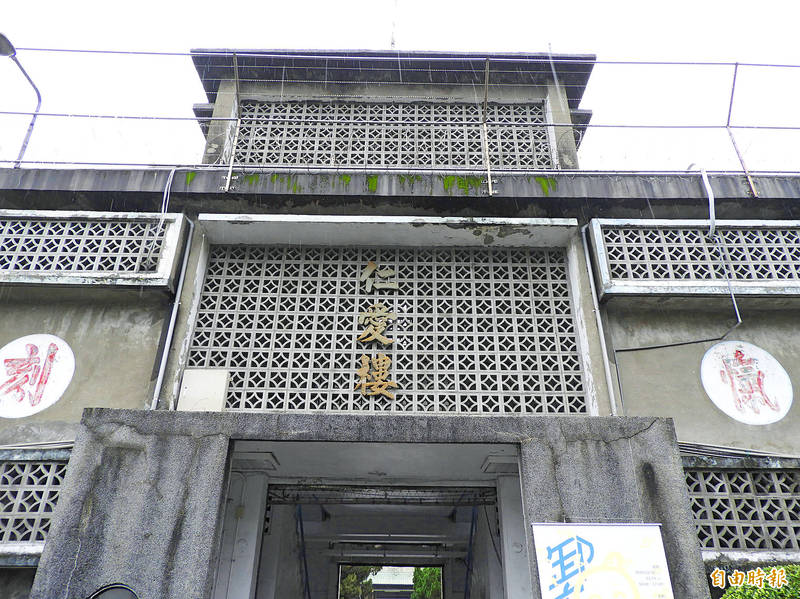《TAIPEI TIMES》 Proposed act to govern negative heritage sites

The Renai Building in New Taipei City’s Jingmei Human Rights Park, which used to house the now-defunct Taiwan Garrison Command’s Jingmei Detention Center, is pictured on Thursday. Photo: Chen Yu-fu, Taipei Times
INJUSTICES: The Transitional Justice Commission has identified 100 sites of human rights violations, with the government to be tasked with their maintenance
By Chen Yu-fu and Jake Chung / Staff reporter, with staff writer
The Transitional Justice Commission yesterday said it is drafting an act that would serve as a legal basis to help maintain and care for facilities and sites of past injustices.
Once the proposed legislation is approved, the government would shoulder the responsibility of maintaining these sites, the commission said.
The draft act defines negative heritage as sites where human rights violations had been committed, including oppression, illegal executions, labor or re-education camps, during the White Terror era.
White Terror refers to the suppression of political dissidents and public discussion of the 228 Incident of 1947 — which marked the start of a brutal crackdown by then-Chinese Nationalist Party (KMT) authorities — under the Martial Law era from May 19, 1949, to July 15, 1987.
During the White Terror era, an estimated 10,000 to 30,000 people were killed, while 140,000 to 200,000 people were imprisoned.
After going through the data provided by the 228 Memorial Foundation and the National Human Rights Museum, the commission has compiled a list of 100 negative heritage sites, commission member Lin Chia-fan (林佳範) said.
Each site is different, with some torn down, replaced or turned into private property, Lin said, adding that the commission would deal with each case separately.
Regulations will have to be specific and comprehensive to prevent disputes, Lin said.
The commission has consulted legal experts about the draft act, which currently has 40 articles, and selected six locations as trial sites, Lin said.
The government would take full responsibility for managing and operating these sites as it would be wrong to ask the public, which was the victim of these violations, to shoulder the responsibility, Lin said, adding that the rights to the property would not change.
Negative heritage sites are to serve as a reminder to the government of its past actions and to guard against committing similar acts, Lin added.
Maintaining them would promote transitional justice education and would be different from cultural heritage sites under the Cultural Heritage Preservation Act (文化資產保存法), Lin said, adding that cultural heritage sites may also be designated as sites of historic injustice.
Once a site has been approved, it — like cultural heritage sites — cannot be further developed, Lin added.
All sites, even those that have been torn down, would have a plaque designating it as a site of historic injustice and explaining why it is relevant, Lin said.
Replicas of buildings that have been torn down can also be rebuilt on these sites, Lin said.
新聞來源:TAIPEI TIMES













